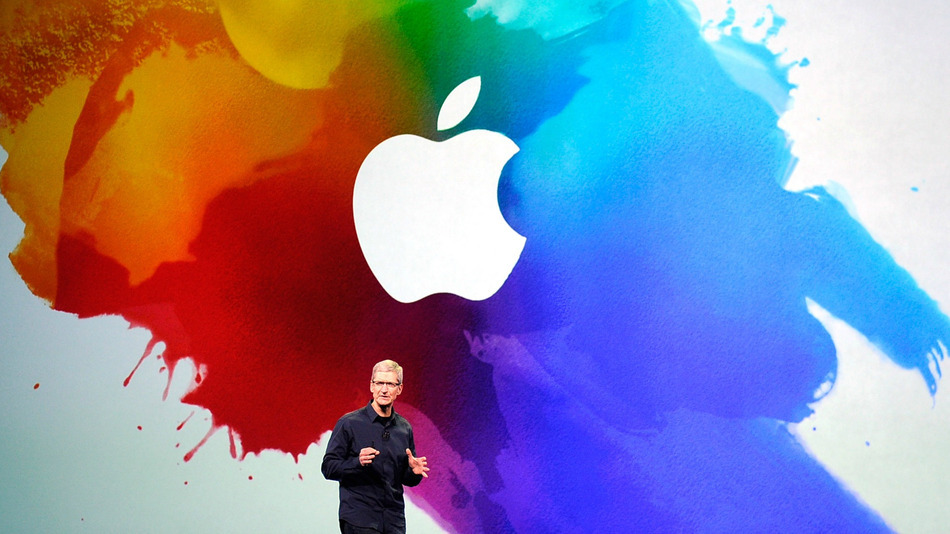
First Apple changed its name from Apple Computer to Apple to better reflect a business focus that was extending beyond computers to music players, smartphones, digital music sales, and more.
And last week Apple announced a flurry of new products including:
- iPhone 6s and iPhone 6s plus
- All new Apple TV
- iPad Pro
- watchOS 2
- iOS9
What was clear from the announcements is that Apple’s view the future of computing and entertainment is an App-centric one.
First Apple created Apps for the iPod. Anyone remember the iPod? Apple barely does. They still make iPods, but they’ve been dropped from the main menu on Apple’s web site and relegated to the text links at the bottom of the page. Then they create Apps for the iPhone and the iPad and the watch. And this past week Apple announced their App-centric vision for the future of television.
What is this vision?
It’s pretty simple really. Want to watch major league baseball (MLB) on your television, buy the MLB app. Want to watch HBO, buy the app. Cartoon Network? Get the app. You get the idea.
Why does Apple have this vision?
This App-centric vision of entertainment grows their ecosystem and enables Apple to make money not only from hardware sales, but also from commissions in the sale of all of these Apps. And as people buy more apps, they lock themselves further into Apple’s hardware, by design.
Apple’s App-centric vision for the future of television is good for creators of popular, quality content like HBO, the National Football League (NFL), Premier League Football, CNN, BBC, and for movie-centric aggregators (Netflix, Amazon). The evolving App-centric approach to television also has the benefit to the content creators of enabling them to build Apps that yes play full-screen video (what people expect), but also to integrate information, commerce and social elements into their Applications as they see fit. The downside is that content creators will lose the perceived safety that cable network bundling offers.
But the smartest, best run content creators are more likely to gradually embrace this App-centric possible future, and as a result Apple’s App-centric television future is likely to be a disaster for cable companies and other television-centric aggregators (Hulu, Sling). Why would you need an intermediary like a cable company when you can go straight to the source?
Cable companies could however try to beat Apple to the App Store model and potentially also beat them to the Spotify model for television if they move quickly. But are speed and courage what cable companies are known for?
YouTube and Facebook could also be big winners in Apple’s App-centric television future as both sites could become the home for a treasure trove of free sample shows, a place for people to discover new content to subscribe to. Facebook has made a big push into video the past few years, making this potential area of growth possible for them.
Apple missed the App-centric transition in music, and they had to go out and overpay for Beats to try and catch up to Spotify and others. They’ve also missed the early days of the App-centric transition in paid video apps as well, with Netflix enjoying the early success. They don’t want to get completely left behind, so they are making their big push towards an App-centric television future. The only question is how?
Will Apple look to create a subscription service like Netflix or Spotify as their App, or focus on promoting content creator Apps (NFL, CNN, etc.) through an App Store, both, or something completely different?
No matter which direction Apple chooses, it’s clear that with Apple it is all about the apps. So will Apple change its name to App-le? Probably not. But, they’ve made it very
clear that their vision for the future is an App-centric one. Will they be able to realize it?
Image credit: mashable.com
This article originally appeared on Linkedin

![]() Sign up here to get Human-Centered Change & Innovation Weekly delivered to your inbox every week.
Sign up here to get Human-Centered Change & Innovation Weekly delivered to your inbox every week.

 Somewhere across the vast reaches of social media (I can’t remember where) I came across a small but growing internet television service called Aereo that allows you to stream live television over the internet on any device or even to record up to two shows at once like you would with a DVR – for only about $80 per year. Imagine a roof antenna or rabbit ears on your TV that happened to be somewhere you never had to see them. Aereo makes that possible. Here’s how:
Somewhere across the vast reaches of social media (I can’t remember where) I came across a small but growing internet television service called Aereo that allows you to stream live television over the internet on any device or even to record up to two shows at once like you would with a DVR – for only about $80 per year. Imagine a roof antenna or rabbit ears on your TV that happened to be somewhere you never had to see them. Aereo makes that possible. Here’s how: The outcome of a back and forth of a dialog on Twitter with Scramray E. Pinkus generated a lovely quote worth sharing:
The outcome of a back and forth of a dialog on Twitter with Scramray E. Pinkus generated a lovely quote worth sharing: